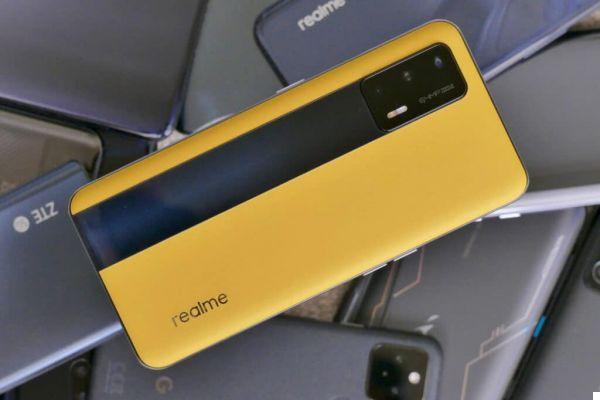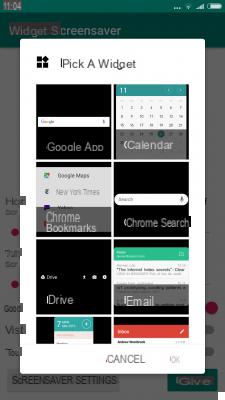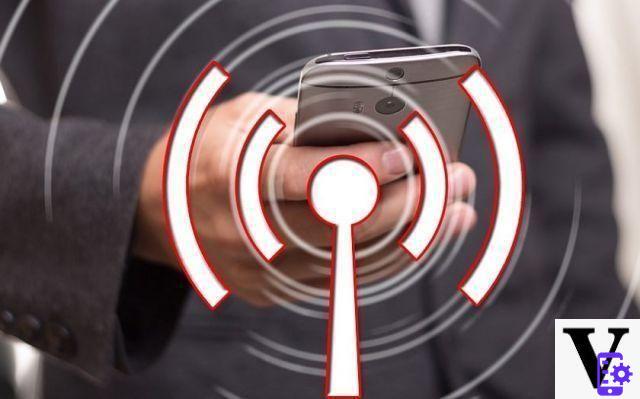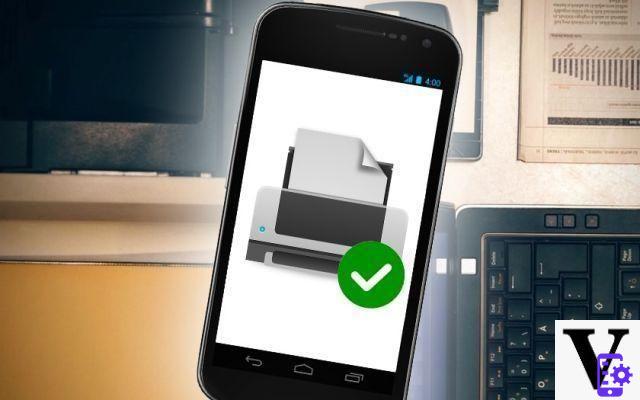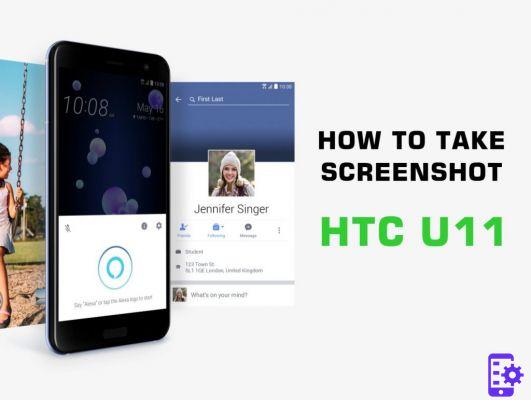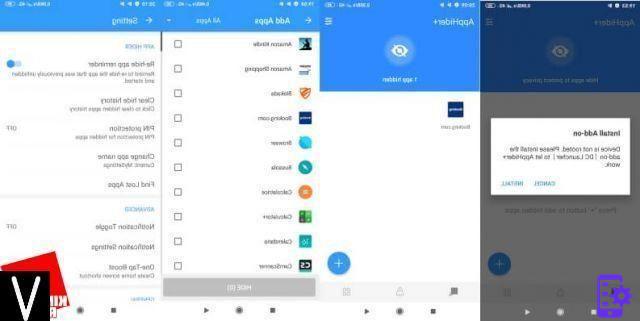How to speed up and improve an Android smartphone? This is one of those dots that we all have at one time or another, especially when the phone is slow. After a few months from the first start, those hesitations and hesitations that annoy more and more in the long run become more and more evident. And especially on older phones, or with mediocre or really cheap components, the time comes when looking for a solution to speed it up becomes a must.
But before putting the phone in the drawer to choose a new one (here the best ones), let's see immediately what we can do and above all what they are the most effective tricks to be adopted to speed up an Android smartphone, whatever it is, from the cheapest to the most expensive on the market, and regardless of whether it is from Google, Samsung, Huawei, HONOR, Xiaomi, Redmi, POCO, OnePlus, Nokia, LG, ASUS, Motorola, Sony, OPPO, Realme, HTC or Meizu. Off with the tips and tricks.
How to speed up an Android smartphone: launcher, widgets and animated wallpapers
Before moving on with the advice on like speed up an Android smartphone, a premise is a must, for many obvious but necessary: it is useless to hope for miracles, so if you have an inexpensive smartphone that barely exceeds the hundredth price list, or if it is a particularly dated device there is little to do, it is impossible to overcome technical limits and dreaming of fluidity and zero lag.
Despite this, however, we can do a lot to turbo all types of smartphones, with some very simple measures such as avoiding weighing down the phone with widget, Always On Display e animated wallpaper. The reason is obvious: they are extras that require a greater number of resources and continuous calculations from the smartphone than a main screen with a fixed background without anything (in addition to the app icons, of course). Of course, you have to give up that touch of aesthetics, or more practicality, but to speed up an Android smartphone this is the basis from which to start.

Of even greater importance is the launcher, let's say the graphical interface of the smartphone. In many cases, the proprietary customizations are heavy and demanding to run decently on older or low-end devices. Because of this install an alternative launcher that it is as light as possible can really make a difference in daily use. Nova Launcher is one of the best known and most complete, Lawnchair 2 is among the best new entries for those who want something à la Pixel Launcher, another cornerstone of the sector. These are just some of the best known in an area that is always full of solutions that can transform the smartphone.
Closely related to all of this is the question of animations. If you want a snappy and fast phone you have to turn them off or at least reduce their impact as much as possible. To do this, just go to the advanced settings of the smartphone (in some cases in the "Developer settings"), or in the space dedicated to the customization of the launcher you use.
How to speed up an Android smartphone: applications
Already with these small precautions, you will notice a nice boost in everyday use and you will have speeded up your Android smartphone. But if you really want to speed up an Android smartphone, you can't ignore the application question. For many it will be trivial, but the main aspect to take into consideration is still this: if you don't need an app, delete it. Periodically uninstalling all those that we do not use is an operation to be done from time to time in order not to waste unnecessarily the resources in the background of services useless for us.
And in addition to this there is also the question of memory: some more and some less, apps weigh on the memory of smartphones, especially on cheap ones and with a few years on their shoulders. Freeing them from this burden is a must if you want to have a more responsive device and keeping them updated to the latest version available on the Google Play Store is another dispassionate advice.
In addition to this, we suggest to those who want to speed up an Android smartphone weakened by the time of install the apps in the Lite version, to replace the standard apps, heavier and more demanding to run. Of course, not all of them have a lighter counterpart, but already installing apps such as Facebook Lite, Messenger Lite, Twitter Lite or Skype Lite, for example, has a certain impact on the performance of your smartphone.

How to speed up an Android smartphone: memory and cache
From the memory point of view, it is good to keep in mind some basic principles to speed up an Android smartphone. First of all the internal storage space. Beyond the fact that most phones today come on the market with at least 64GB of internal storage, older or cheaper devices often have half if not less.
And here it is of fundamental importance to pay attention precisely to residual space of the smartphone. Our advice is to have at least 15-20% of free memory and, in the event that this is not possible, to opt for an external support (here you will find a guide on the best microSD cards with the various technical differences, which are also important so that you do not want to find slowdowns of any sort). In the absence of external support, referring to data backup with services such as Google Photos, Google Drive and therefore the subscription to Google One is good practice.

As important as the internal memory, if not more so, is the RAM management. Of course, there is little to do about this: pretending to have a snappy smartphone with a couple of gigabytes of RAM is unthinkable. What matters is the management which is still one of the aspects on which users put more hand. It would seem absurd, but it would be good avoid forcibly closing all apps letting the operating system do what to keep in memory and what not. The because it is easy to say: every time we go to reopen an app that is forcibly closed, the smartphone must completely reload all the data, taking more time and consequently committing a greater number of resources. The smartest thing to do is to close the apps that you do not intend to reuse soon, but at the same time leave all the others open, perhaps avoiding returning to the main screen with a "Back", thus preferring the key / gesture to go back to home page.
Last but not least, to speed up an Android smartphone, is theelimination of the cache. It is good to take care of this aspect from time to time because apps such as social ones, YouTube and browsers accumulate a flood of junk data that in general weighs heavily on the smartphone. We advise you to take care of it from time to time, but not too often (the ideal would be at least once a month), so as not to risk having the opposite effect: forcing apps to recreate everything from scratch every time.
How to speed up an Android smartphone: update, restart and reset
Wishing to speed up an Android smartphone without keeping it updated to the latest software versions, you know, is a bit of a contradiction. This is one of the bases that cannot be ignored but that many inexperienced users could overlook (here you will find a guide on how to update Android, if you have any doubts).
This, together with all the advice given so far, and a reboot every now and then it doesn't hurt, they won't make your smartphone a splinter, but they will undoubtedly contribute to making daily operations more smooth and darting.
And if all this is not enough for you, in addition to root and the world of modding, you are left with the restore option. Yes, because a nice cleaning that makes the software shine again as it was in the beginning is certainly one of the best ways to speed up an Android smartphone. As a rule, it would be good to do a factory data reset at least once a year in order to have the phone clean of all those residues due to daily use.

That's all. What do you think? Put some of our tips into practice speed up an Android smartphone? Let us know yours, and maybe, if you have any other specific advice, share it with everyone else in the comments box below.





